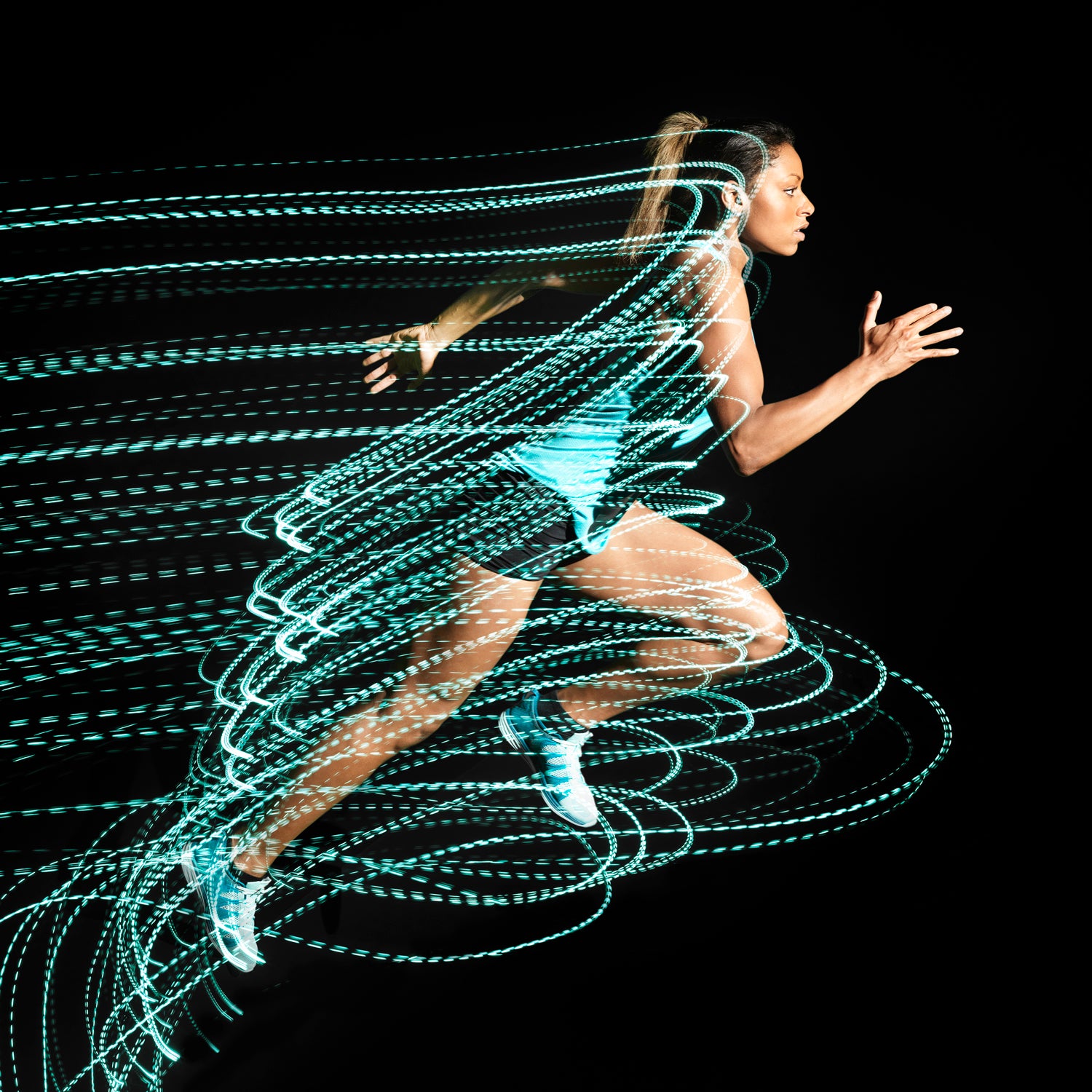Prior to winning her third consecutive New York City Marathon—in a performance so dominant “an extraordinary race of one”—Mary Keitany of Kenya during a prerace press conference:
How many miles or kilometers a week are you running?
Keitany: Per week? I’ve never counted because I’m doing twice. Once maybe 40 minutes in the evening, and right now in the morning, I do a one-hour workout. So, I never counted.One hour in the morning, and how much in the evening?
Forty minutes in the evening. So sometimes there is a day of track and a day of workout. So you can’t tell how many per week because sometimes we run maybe Saturday like maybe 25, and then another day we go to the track to do like maybe speed work, like maybe 1,000 maybe times five or times ten.And how long is your long run?
Long run?Two hours?
Yeah, maybe two hours or two hours, 20 [minutes].Slow or fast?
Whatever.
Many fans found this utterly perplexing. Here we are in the midst of a sports-science boom rife with all sorts of technologies and metrics to help us train with more precision, and quite possibly the fastest female distance runner on the planet doesn’t even know how many miles she runs per week. But what if Keitany is on to something? No doubt, training technologies like heart rate monitors, GPS watches, and power meters can be valuable. We at ���ϳԹ��� admittedly have spent lots of time exploring how new tech advancements can affect performance. But could it be that the pendulum has swung too far toward the science and away from the art of training?
“With our need to measure everything, we become locked into an artificial, technocratic experience of running. We’ve become dependent upon technology instead of our senses,” says , an exercise scientist and cross-country coach at the University of Houston. Magness studies how perception of effort affects performance and argues that constantly training with real-time metrics hinders our workouts. “If we become a slave to our watch or some other monitoring device, then that device dictates our performance.”
When your smartwatch tell you something is off—for instance, you are moving too slowly or too fast during a workout—it’s natural to try to correct that and get back on the prescribed pace. But often there’s a reason that you’re off: Maybe you’re coming down with an illness, in which case pushing harder to hit an arbitrary number could make things worse, resulting in an entire slow week instead of just a single slow day. Or perhaps you’ve reached a new level of fitness and are on the verge of improving your speed, but you begin to let your foot off the gas simply because you see a number on a screen that scares you. “When we lose the ability to pay attention to our sense of effort and run by feel, we lose the opportunity to have a breakthrough,” says Magness.
“If we become a slave to our smartwatch, then that device dictates our performance.”
Holding ourselves to specific metrics has another downside: the very effort required to do so can hurt our performance in the moment. “When you look down at your watch and see something unexpected, you experience a shot of panic,” says Magness. “This amounts to a waste of valuable energy, causing fatigue to overtake sooner than if you weren’t so worried about your numbers.”
A published in the journal Frontiers in Physiology that referenced more than 50 studies on self-regulation and endurance performance argue that sustained cognitive effort—like sticking to a specific pace or exertion level at all times—can have deleterious effects on performance. “Having a watch to determine pace is certainly useful and can help develop the association between pace and feel,” says Noel Brick, lead author on the paper and a sports psychologist at Ulster University in Northern Ireland. “But relying on a watch excessively can also promote unhelpful thoughts and emotions, such as anxiety, if we are a few seconds down from goal pace, for example.”
In a published in the journal Medicine and Science in Sports and Exercise, Brick and his colleagues found that runners were a whopping 10 percent slower when they were overly focused on pacing versus focusing on technique—like cadence and form—or simply relaxing. Brick explains that this is mainly about minimizing perception of effort, or how hard a task feels in real time. When someone is obsessed about hitting certain metrics or holding a constant effort level, Brick says, whatever they are doing is likely to feel harder.
Kristen Keim, a clinical sports psychologist in Raleigh, North Carolina, believes that many athletes rely on instruments like their GPS watches, power meters, Strava data, and heart rate monitors as validation for their performance goals. “It’s become so easy for athletes to lose touch with how their bodies are feeling and end up relying on gadgets to boost their motivation and confidence,” she says. “I definitely understand the importance of these instruments, but context is key. There needs to be more focus on athletes learning to race by feel, being more present, and realizing that their own bodies and minds are powerful tools as well.”
“An athlete is more than just a number.”
Neither Magness nor Keim are in favor of completely ditching training technology. It’s just that they think becoming overly reliant on it creates fragile athletes who never give themselves a chance to exceed contrived performance limits. They both recommend doing at least few workouts per training cycle without any real-time data. (If you still want to collect the data to analyze and track later, just throw a piece of tape over your watch or power meter while running.)
During competitions, Magness recommends using real-time data only insofar as it’s helpful. For example, during a recent marathon, I monitored both my pacing and heart rate for the first 16 miles to ensure that I didn’t go out too hard—something I’ve done and paid dearly for in the past. Over the last 10 miles, however, I tuned into my body, raced entirely by feel, and nearly PRed. (The swirling 25 mph winds didn’t help.)
Everything considered, it seems the best bet is to find a happy medium between the science and art of training. You don’t need to go full-out Mary Keitany, but you shouldn’t be overly robotic, either. “Use real-time data for certain training and racing objectives, but also set aside time to train and race by feel,” says Keim. “After all, we all know that an athlete is more than just a number.”
Brad Stulberg () writes ���ϳԹ���’s Science of Performance column and is a co-author of the forthcoming book .


